-
 © Haymarket Media
© Haymarket Media -
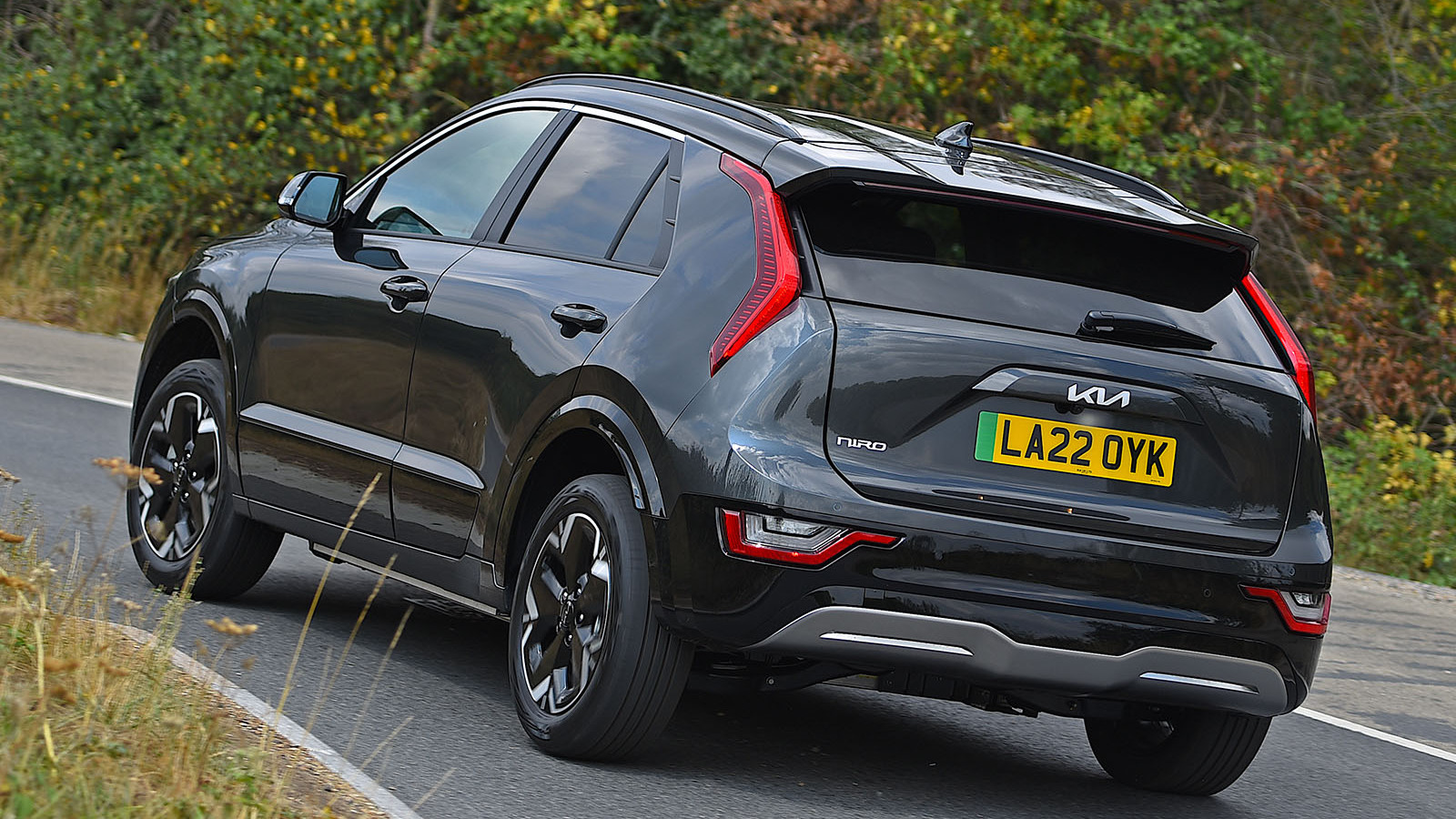 © Haymarket Media
© Haymarket Media -
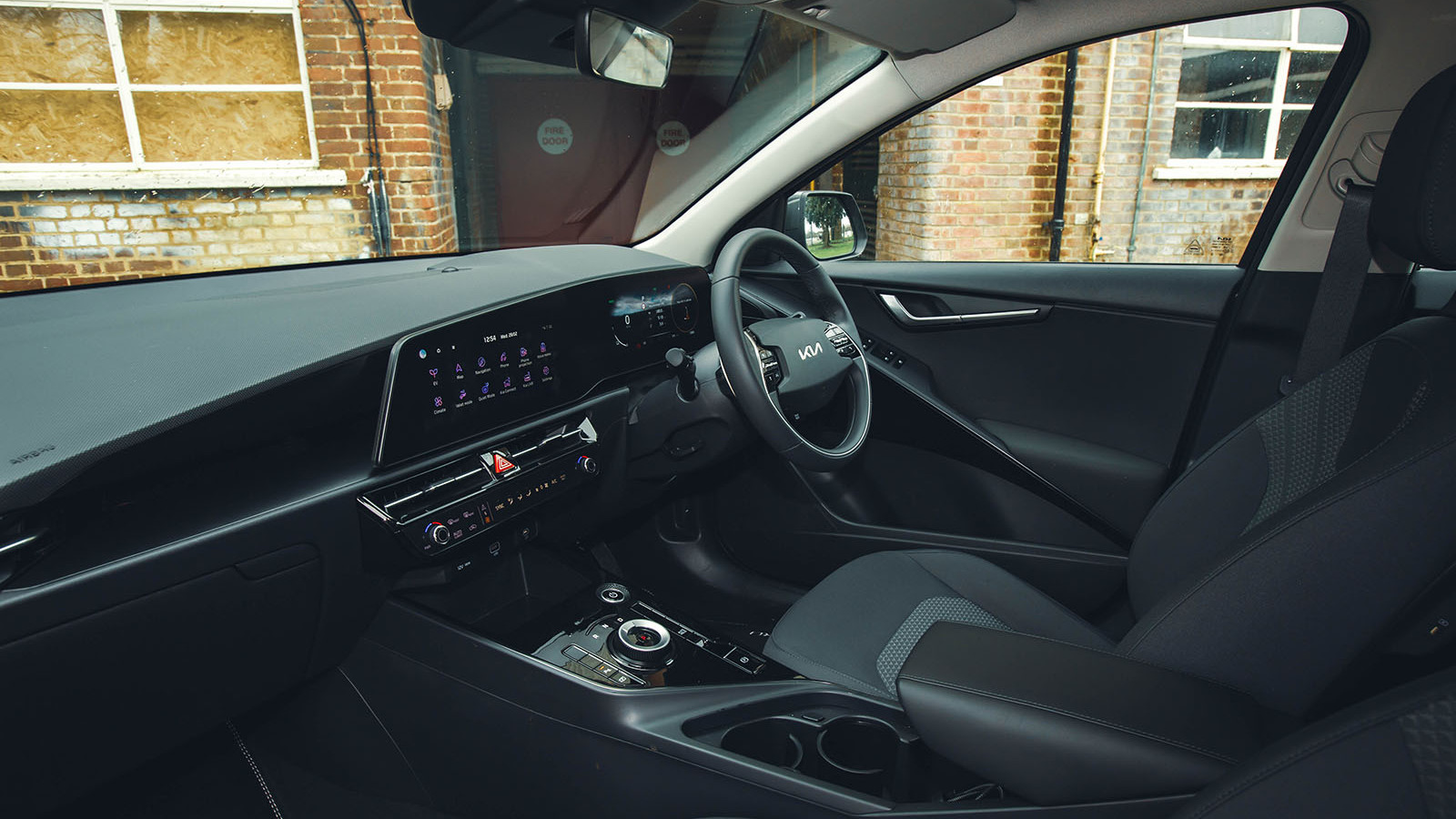 © Haymarket Media
© Haymarket Media -
 © Haymarket Media
© Haymarket Media -
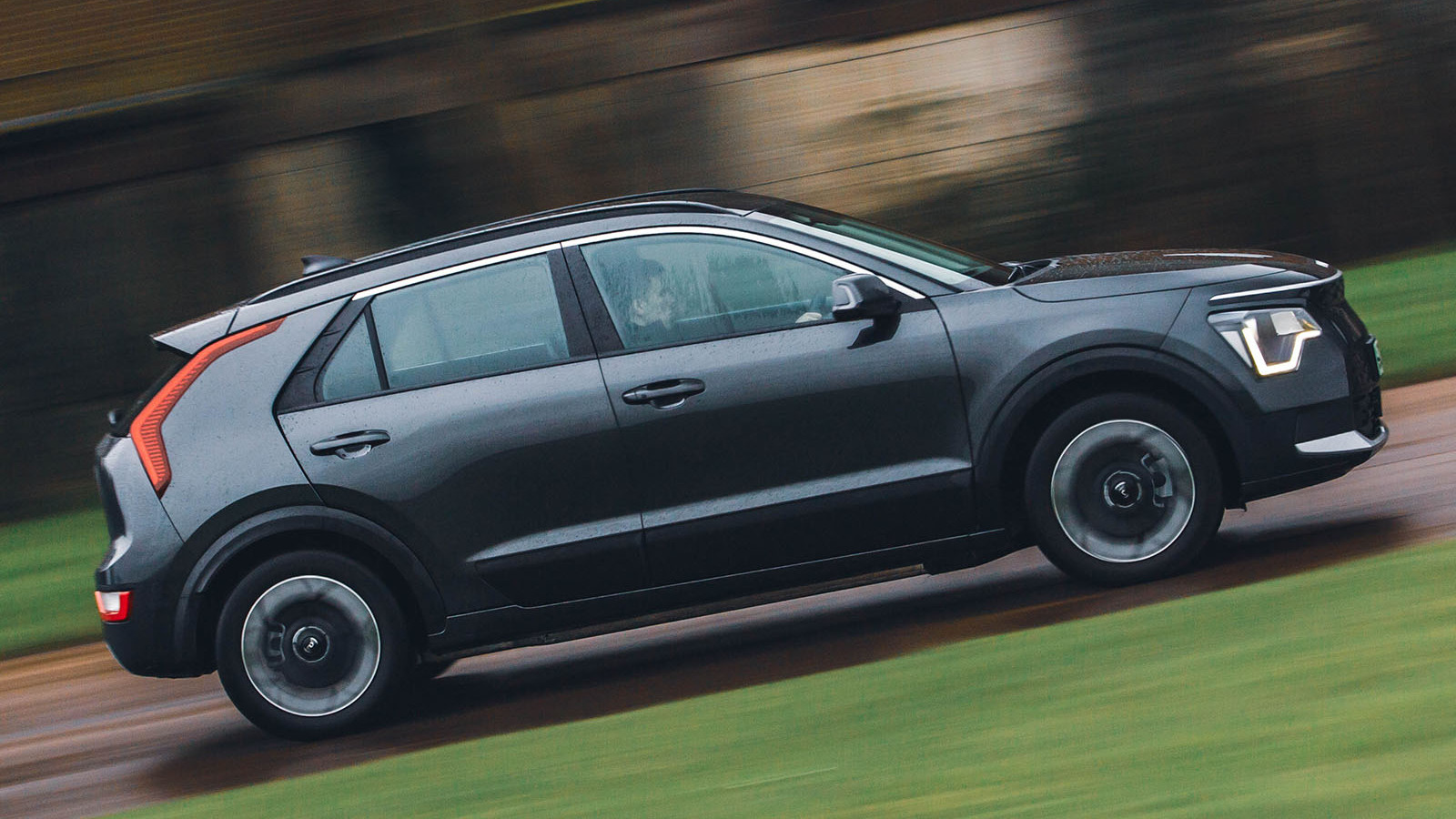 © Haymarket Media
© Haymarket Media -
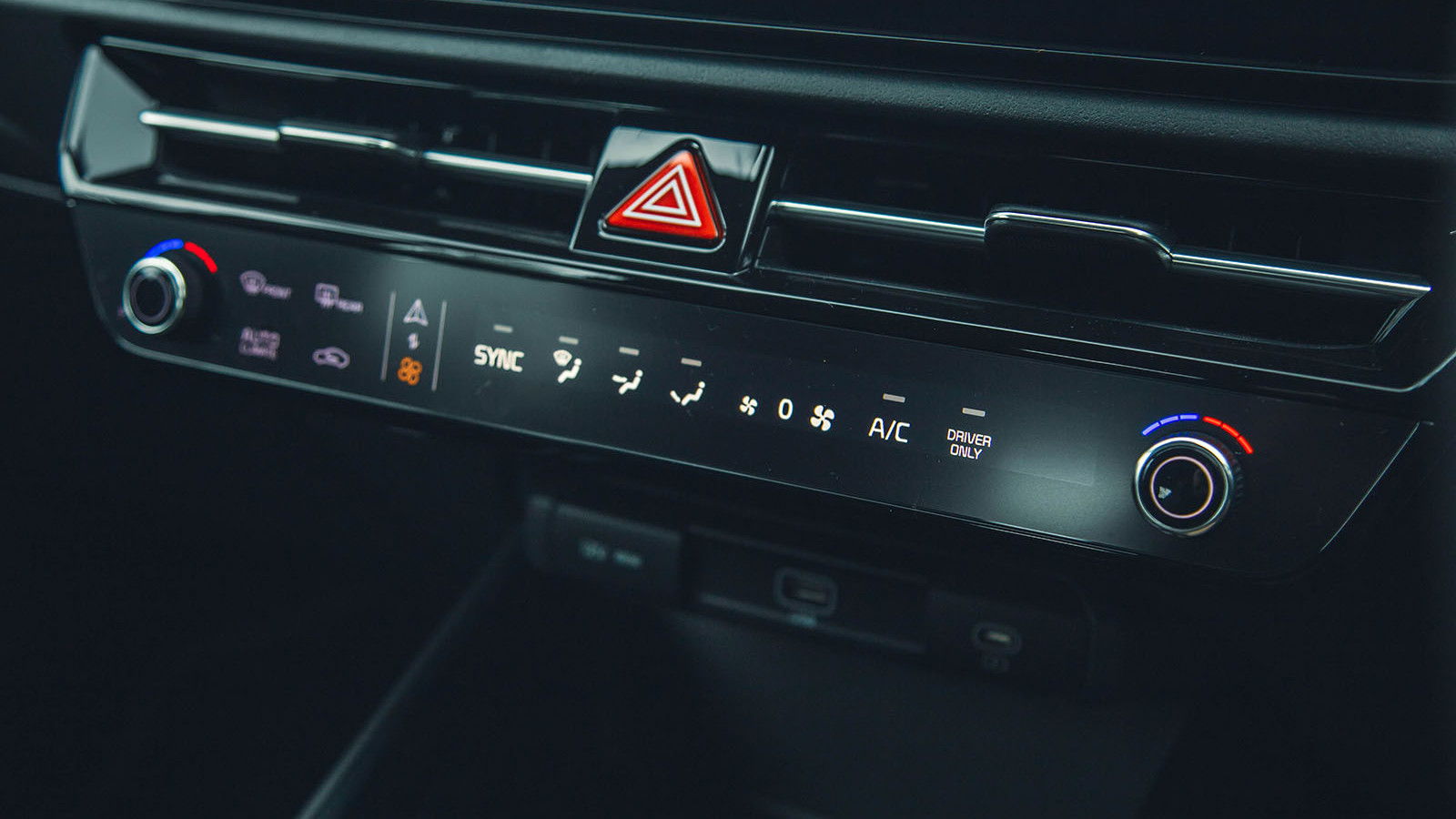 © Haymarket Media
© Haymarket Media -
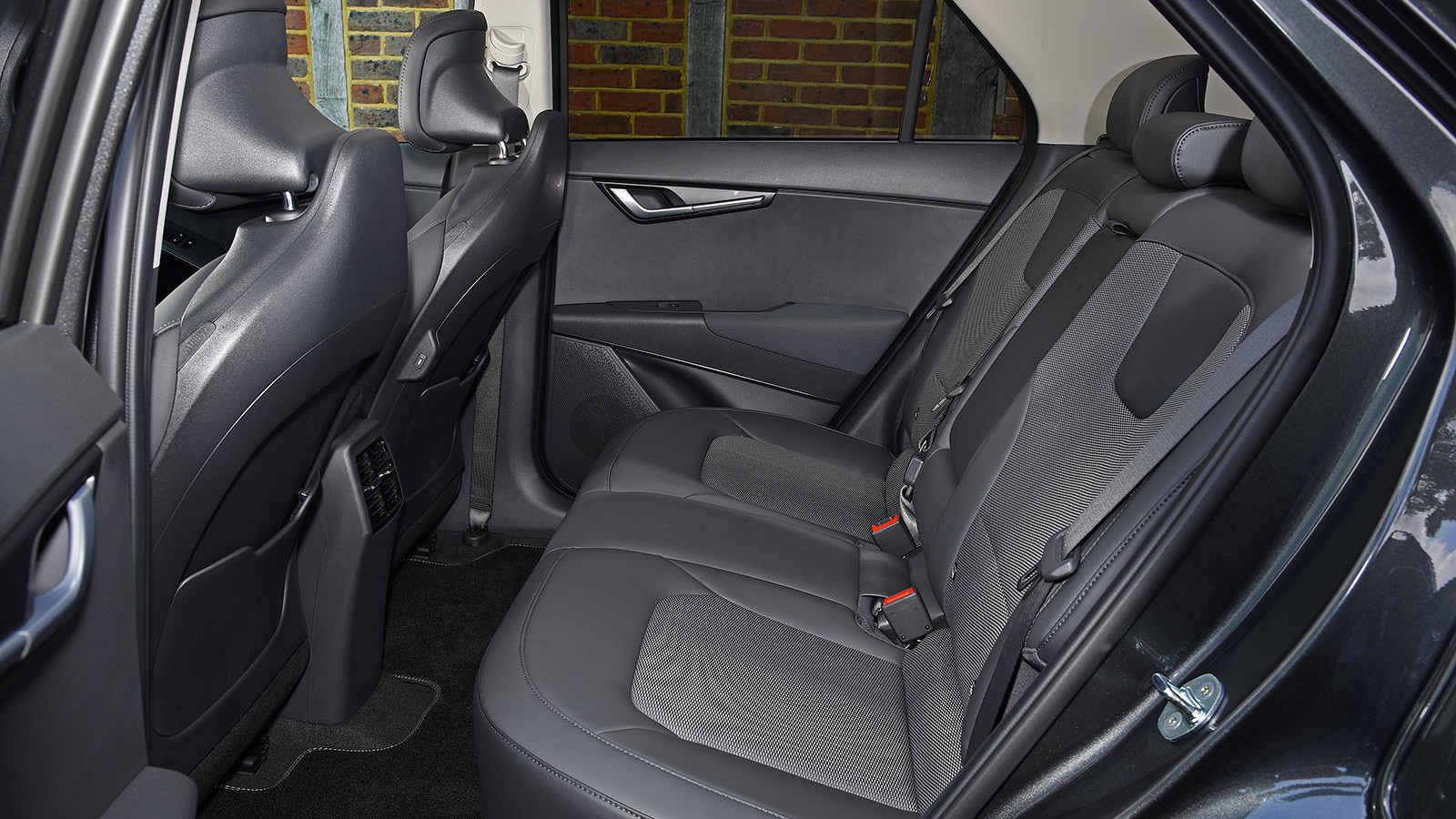 © Haymarket Media
© Haymarket Media -
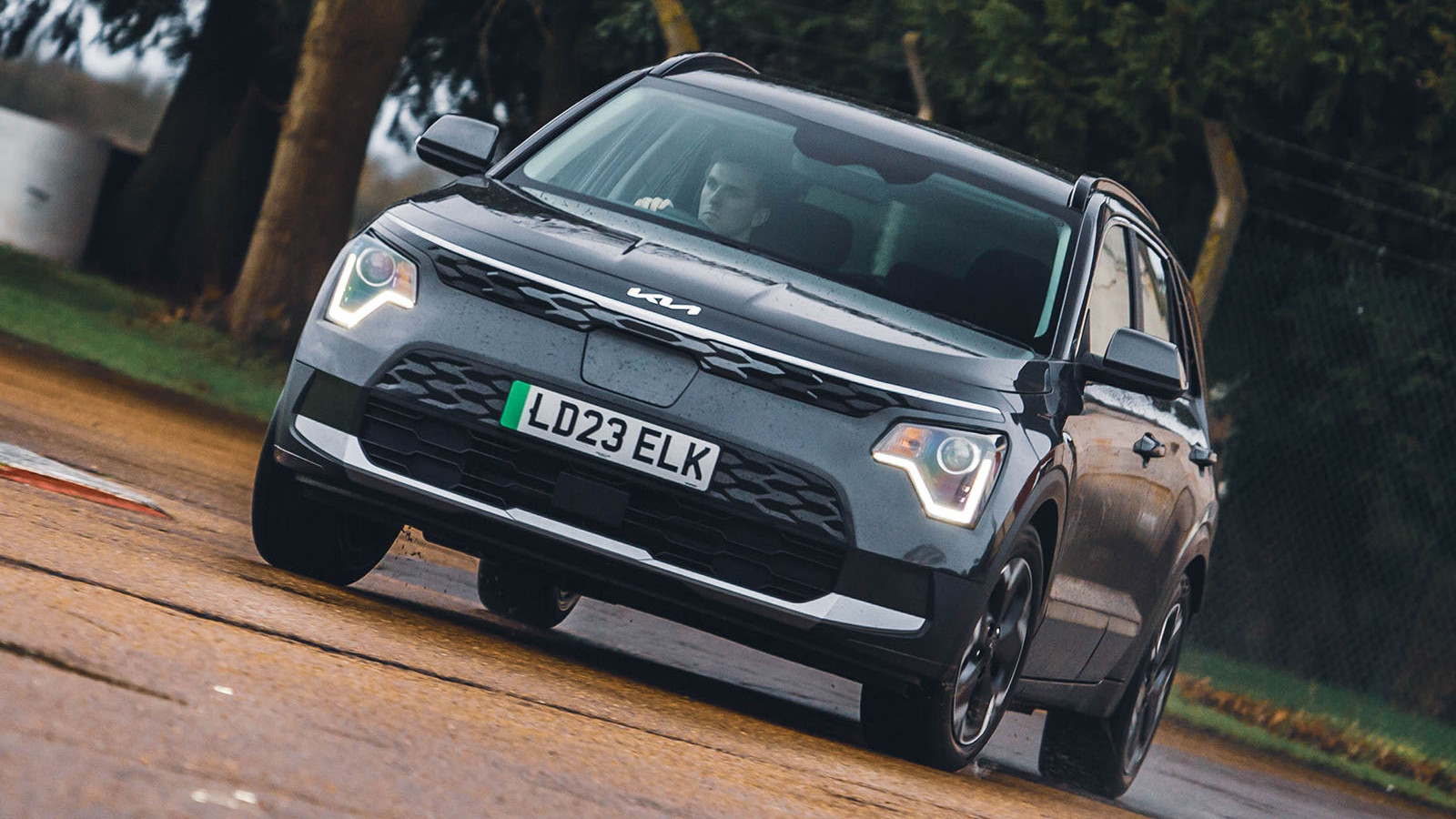 © Haymarket Media
© Haymarket Media -
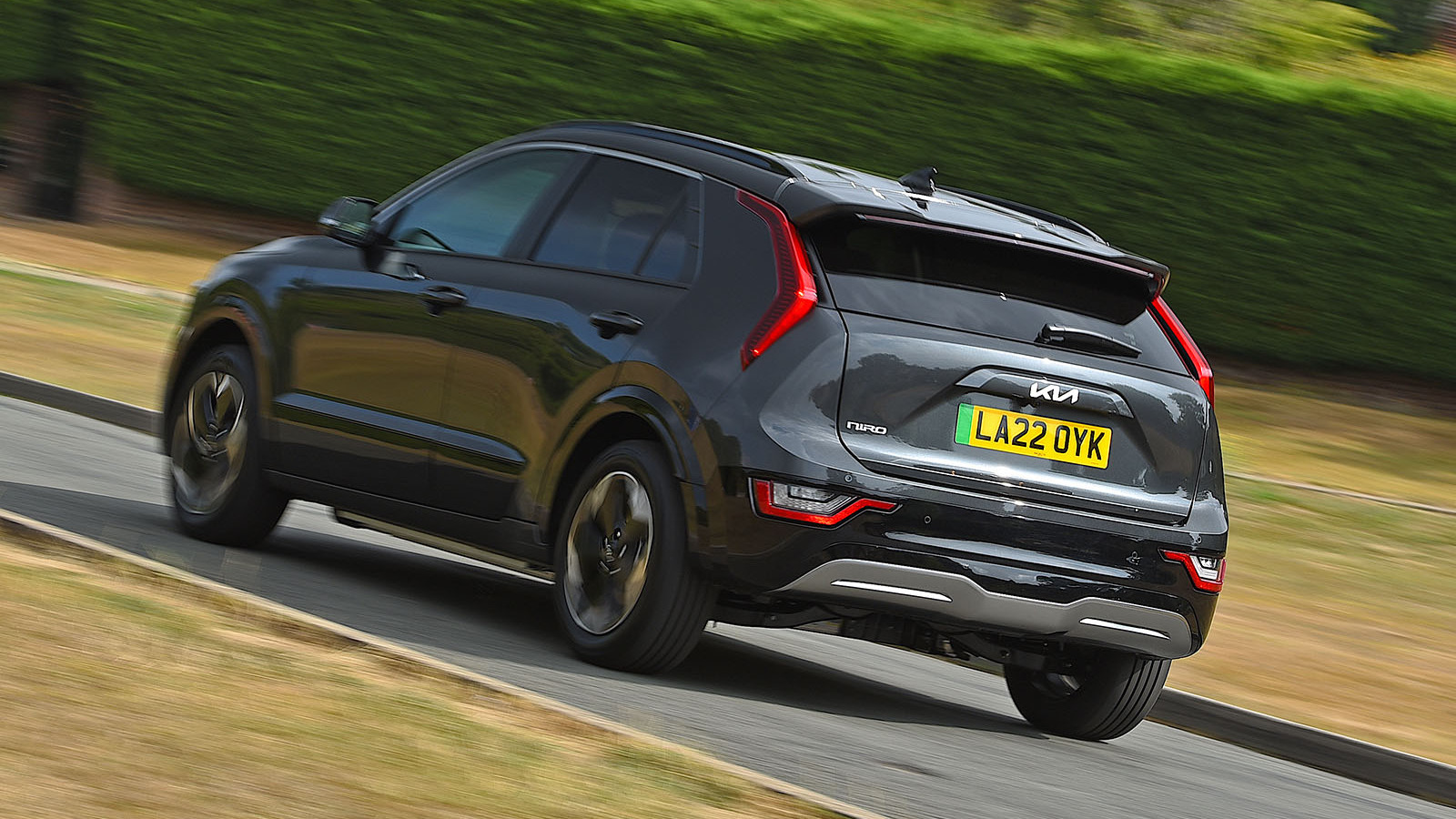 © Haymarket Media
© Haymarket Media -
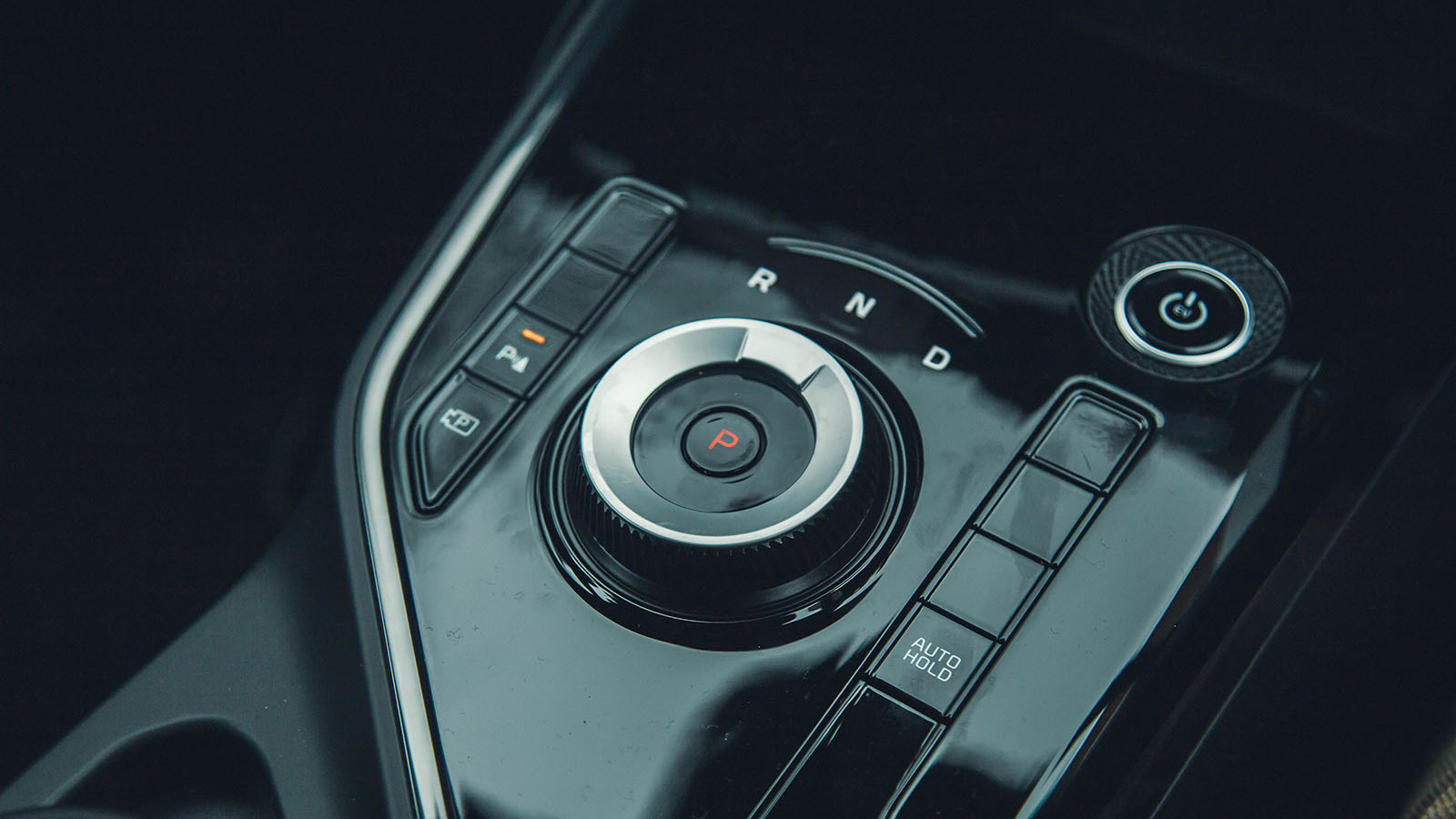 © Haymarket Media
© Haymarket Media -
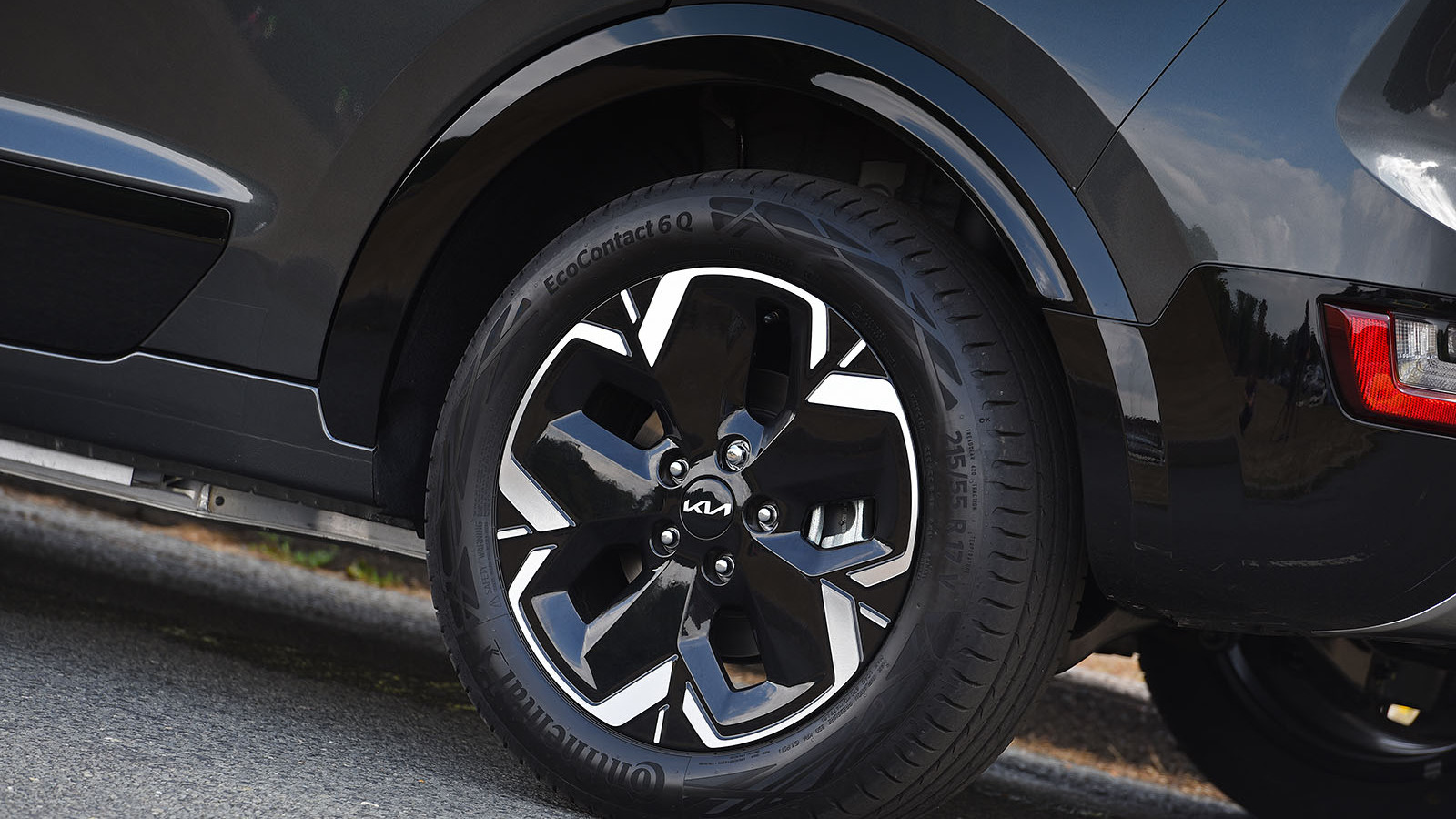 © Haymarket Media
© Haymarket Media -
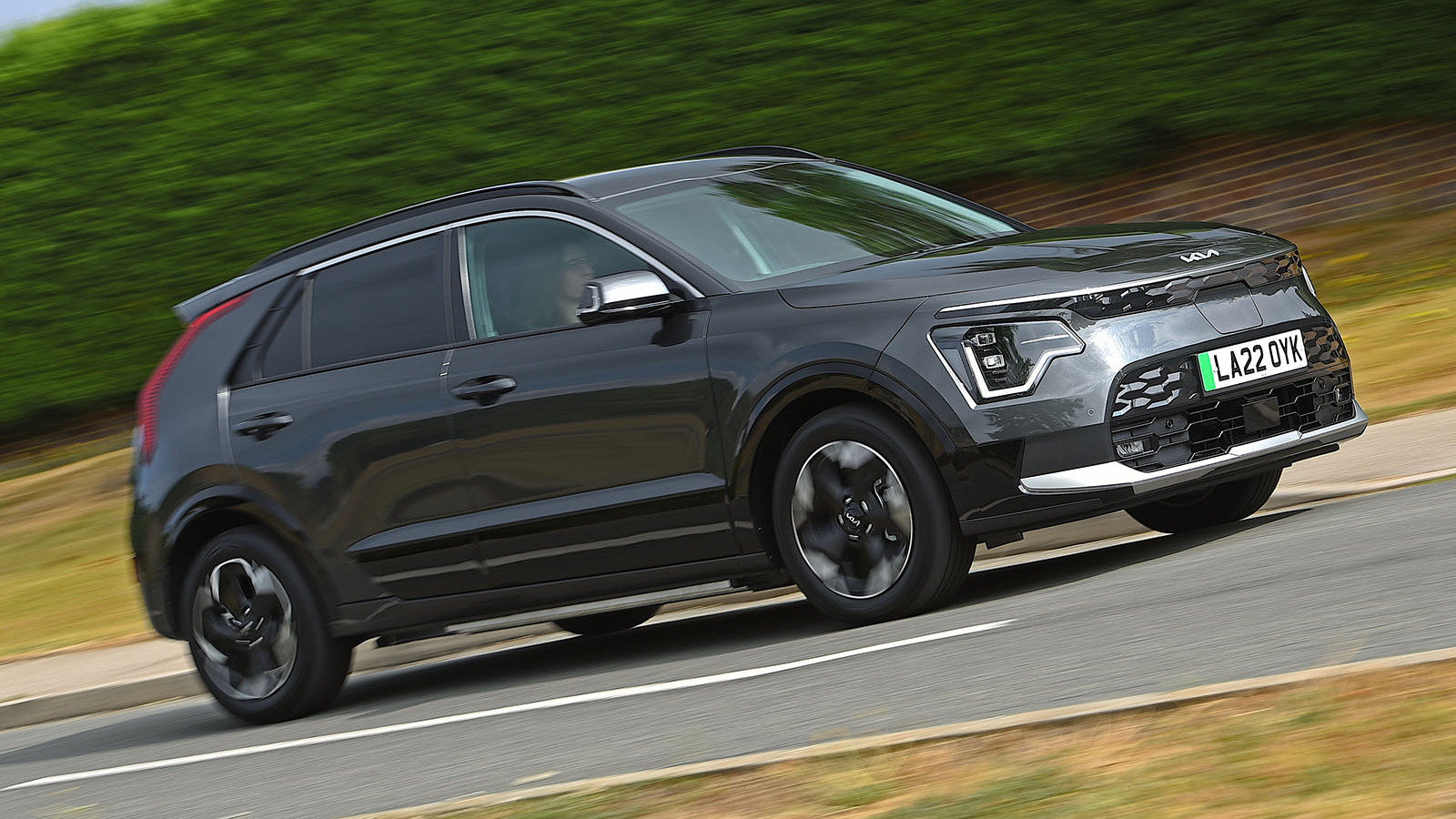 © Haymarket Media
© Haymarket Media
-
When the current generation Kia Niro EV went on sale in 2019, many argued that it didn't actually need to be replaced.
The old car was relatively affordable, had more range than many other electric cars at the time, offered a generous amount of interior space and well-proportioned looks.
But the new one arrived with a completely new design inspired by the Kia EV6, a restyled, higher-quality interior, a new platform and even a new name.
-
Despite all of these changes, the sales success of the current generation speaks for itself. Nearly 50,000 have been sold so far in 2024, nearly 20,000 more than the Volkswagen ID 3 and Skoda Enyaq, and around 5000 more than the Jeep Avenger (which is, of course, a much newer car).
But aside from attempting to be better than the car it replaces, is there anything in particular that this EV doesn't do so well? After all, now that the competition is so much more efficient, faster, roomier and generally competitive, we thought it was time to revisit Kia's star performer.
Without further ado, then, here is what we love - and what we don't love - about the Kia Niro EV.
-
We LOVE the Kia Niro EV because...
Taking inspiration from the larger EV6, the interior of the Niro EV wraps around you to create more of a cockpit-like feel than you might expect in a hatchback. Not only this, but the materials featured inside feel hard-wearing and the addition of two armrests mounted to the front seats make for a more relaxing driving experience.
However, we feel that material quality could be slightly better across the range, because lower-rung models get more scratchy plastics where better-specified cars gain soft-touch materials. When the car is fitted with better-quality materials, however, it is easily on par with the Cupra Born and Volkswagen ID 3.
-
We LOATHE the Kia Niro EV because...
For a modern EV, the Niro EV doesn't actually charge all that fast, even if you use a 100kW rapid charger. Because the battery only accepts charge speeds up to 72kW, charging it from 10% to 80% will take at least 45 minutes. If you bought a Cupra Born or Volkswagen ID 3, they would be 10 minutes faster.
-
We LOVE the Kia Niro EV because...
The Niro EV's front-mounted 201bhp electric motor can propel this 1739kg hatchback from 0-62mph in around 7.0sec, which is pretty rapid for a crossover hatchback. And because it is electric, there are no gears to change and power is delivered instantly, which means that you are never left wanting for performance.
What's more, this power is delivered in a mostly civilised way, and while there is some torque steer under acceleration, you can still enjoy a spirited drive without compromising safety. The traction control system is also not very intrusive, limiting power only in the most extreme situations.
-
We LOATHE the Kia Niro EV because...
Where higher trim levels are treated to soft-touch materials on the door cards, customisable mood lighting and expensive-looking trim panels, 2 just gets plain hard plastic and a much smaller infotainment screen that looks slightly lost. What's more, Kia's synthetic leather does quite a poor job of pretending to be leather, instead feeling more like papier maché.
Other quality issues include a some ugly exposed wiring under the seats and in the driver’s footwell, as well as a luggage cover that feels as flimsy as it looks and a brake pedal suspended from a crudely welded bracket that can catch parts of your shoe.
-
We LOVE the Kia Niro EV because...
In terms of practicality, the amount of space on offer in the Niro EV is quite impressive, with just as much rear legroom as the Volkswagen ID 3 and Cupra Born, with thin seat backs adding to the amount of space on offer. Not only this, but there is 90 litres more boot space.
This means that the car's 67kWh battery pack doesn't intrude on the interior too much, aside from it forcing you into an unnaturally tall driving position.
-
We LOATHE the Kia Niro EV because...
Despite it being powered by electricity, the Niro EV is far from the quietest car on the road. All types of noise, from wind whistle to road roar and suspension thumps, can be heard inside. On a longer journey this could prove tiresome, but we can forgive it slightly because it costs less than many of its competitors.
-
We LOVE the Kia Niro EV because...
The way the Niro EV handles itself on a twisty road is arguably better than its combustion-powered equivalents, to the extent that they both feel like fundamentally different cars.
The Niro EV turns in keenly, has a good amount of grip in the dry and will even rotate into the corner if you back off the accelerator aggressively. Best of all, the light steering even provides a good amount of feedback to give this humdrum EV some genuine driving sparkle. In this respect, we would put it against the Cupra Born, which is high praise indeed.
-
We LOATHE the Kia Niro EV because...
Inside, you get a rotary selector to change gear, which isn't as intuitive as the one you have in the Niro Hybrid. This is because you have to put your foot on the brake before you select a gear, which can be frustrating when you're trying to perform a quick three-point turn. What's more, the brakes themselves don't feel all that progressive, but at least its stopping power is on par with other electric rivals.
-
We LOVE the Kia Niro EV because...
Despite the Kia's dynamic flair, it never feels harsh, rough or crashy over imperfect roads with lots of potholes or speed bumps, and because its body control is quite loose, it takes long undulations very well. This, combined with the fact that the seats are very comfortable; even the basic, cloth-covered ones offer decent support and isolation from bumps.
If you want even more comfort, higher specifications get seats with a 'Premium Relaxation’ function, which allows you to recline the seats using a single button.
-
We LOATHE the Kia Niro EV because...
The car's ADAS functions, such as lane-keep assist and speed sign recognition, are very hit-and-miss. The lane-keep assist can be intrusive on country roads and, while it settles down on motorways, it never really goes away. Not only this, but the speed sign recognition will often not display a speed limit or get the figure wrong, which renders the function largely unusable.
